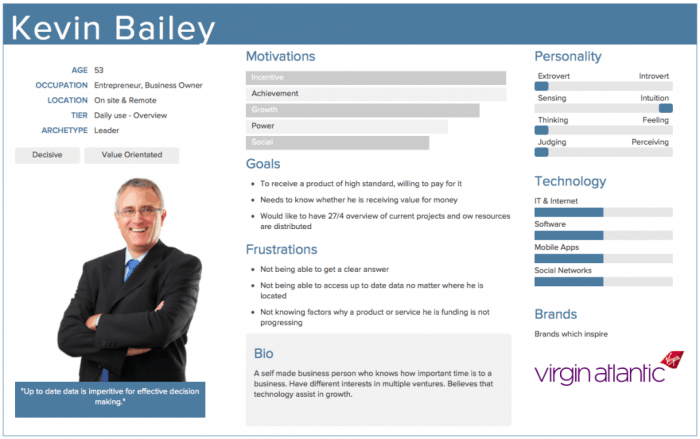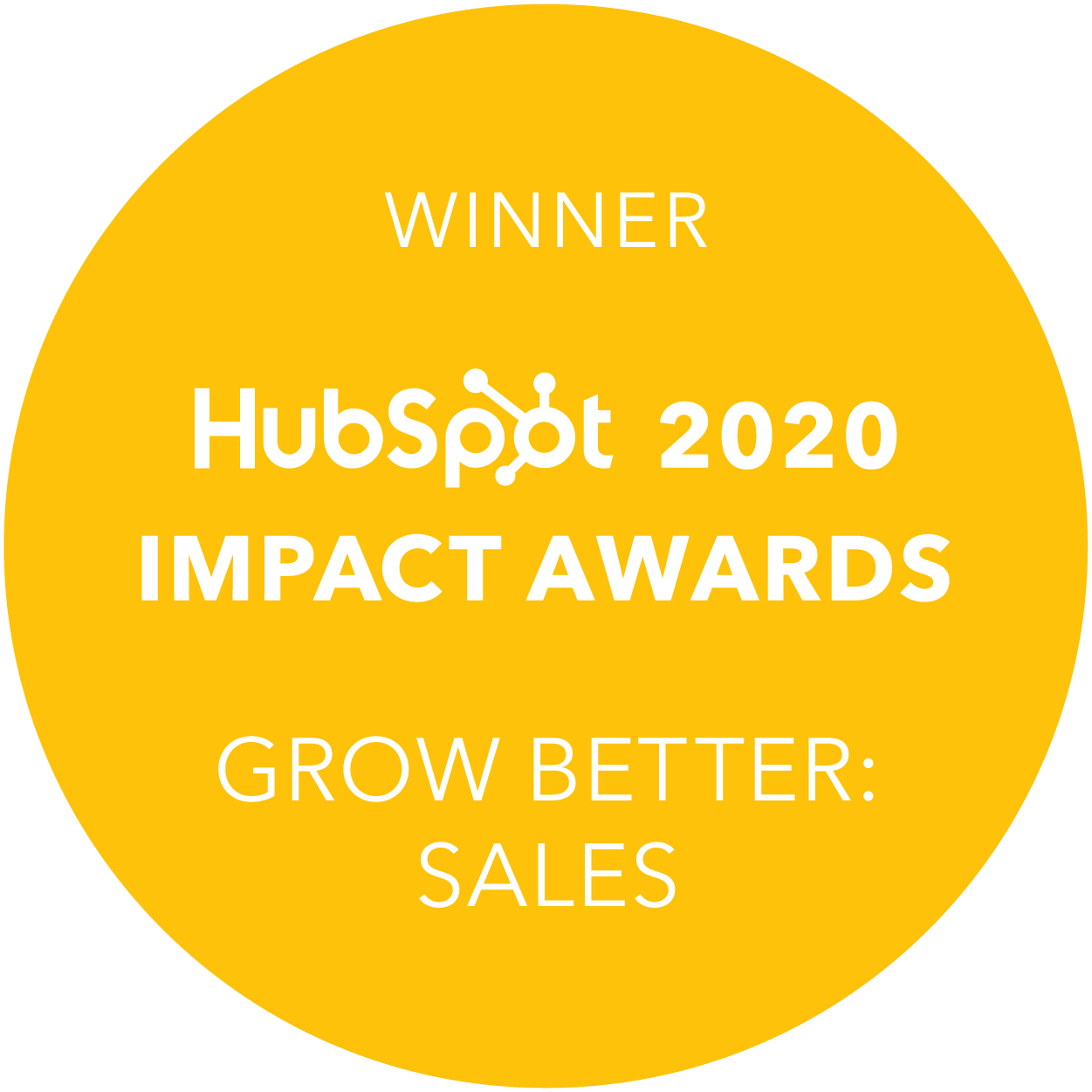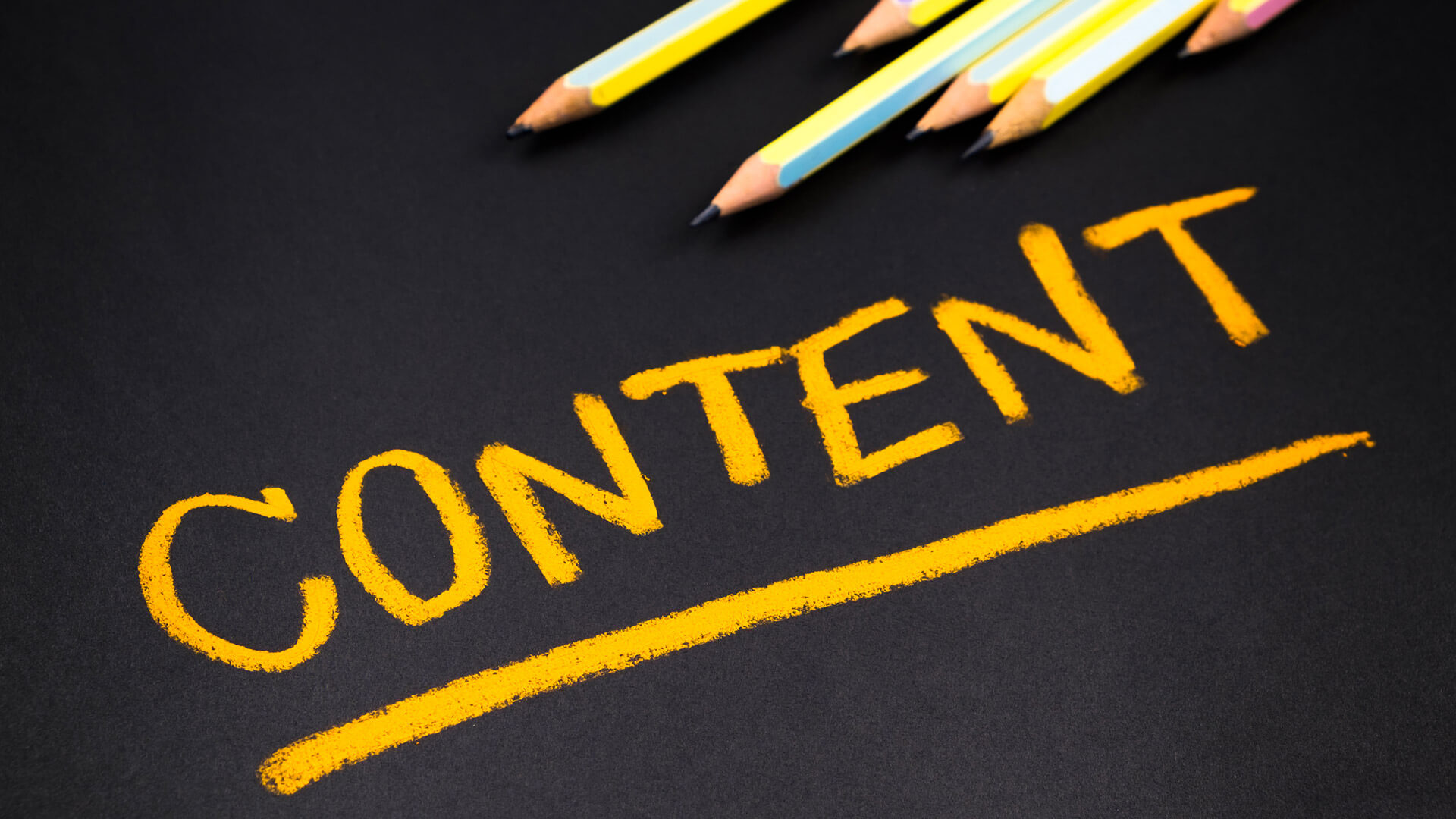Do I need this? Do I want this? Do I understand this? Can I afford this? Do I trust this? Can I justify this? There's a lot going on in the minds of your customers before they decide to purchase.
When it comes down to it, and we have to decide whether we’re Apple or Samsung, there are many questions we ask ourselves before making that all-important decision. Ultimately, the choices we make are at the mercy of our persona.
With so many choices available to buyers, it’s becoming increasingly important to disrupt the status quo and convince them that your product/service is better than the competition. That’s why it’s your goal to understand your customers in more detail than ever before. And we’re not just talking demographics here. You need to understand their problems, behaviours, motivations and goals. You need to know their, fears, hopes, and dreams. Essentially, the more you know about your buyers, the better you can target them. The better you can target them, the more irresistible your business will appear to the ones that matter.
To do this, you need to create a buyer persona(s).
What are buyer personas?
Buyer personas are semi-fictional characters that personify your ideal customer. They help you understand your customers (and prospective customers) better (whether that is a business customer or a consumer), and make it easier for you to tailor content to the specific needs, behaviours, and concerns of different groups. In the same way an author must know who will read their book before they begin writing, you need to know who will purchase your product/service before you start selling.
Without knowing who you’re targeting, it’s impossible to effectively craft messaging, capture attention, and push the right leads down the funnel to ultimately gain more business. A detailed buyer persona description will help you determine where to focus your time, guide product development, and allow for alignment across the organisation.
What are negative buyer personas?
Whereas a buyer persona is a representation of an ideal customer, a negative (or “exclusionary”) persona is a representation of who you don’t want as a customer. Whilst it may seem irrational to define who you don’t want as a potential customer, it's important to remember that bringing in more of the right customers (and not wasting your marketing funds trying to attract the wrong ones) will improve your customer acquisition cost.
Customers who aren’t optimally suited to work with your business, will end up costing you more in time, money, reputation, and staff contentment than they would have given you. With time and energy being such valuable resources in an increasing cluttered digital marketplace, working out who to avoid is just as important as who to target.
This could include, for example, professionals who are too advanced for your product or service, students who are only engaging with your content for research/knowledge, or potential customers who are just too expensive to acquire (because of a low average sale price, their propensity to churn, or their unlikeliness to purchase again from your company.) If you take the time to create negative personas, you’ll have the added advantage of being able to segment out the “bad apples” from the rest of your contacts, which can help you achieve a lower cost-per-lead and cost-per-customer (and see higher sales productivity).
 How many buyer personas do I need?
How many buyer personas do I need?
Creating too many personas can be really tempting. You might think the more you have the better. Wrong, having too many can make it really hard for you to attract, engage, convert, and delight any of them because there won't be a clear delineation between them all. Depending on the type of business (how niche it is etc), you’re likely to benefit from creating a few different groups of personas. If you have more than 2 or 3 personas, you may be over-complicating the process.
The whole idea of creating personas is to create an experience that resonates with each of them. This will lead you to having a clearer picture of the persona you’re marketing should be targeting. So start with one core persona and build up from there.
How do I create buyer personas?
When creating a buyer persona, you're essentially creating a personality that embodies a key segment of your audience, and the first step to accomplishing this is to conduct thorough research. Remember, personas are generalisations of your ideal clients - they are not specific real people. Rather than identifying the challenges, goals, desires and needs of only one individual (such as Tom who works as a marketing executive in the printing shop down the road), aim to gather a collective of characteristics about your ideal customer.
To get an idea of who your customers are, what they want, what problem they’re looking for you to solve and in what ways they’re trying to solve them, you will need to get inside their heads.
Primary research:
1) Interviews
The first step in defining your personas is to meet with them. Incentivise customers with an offering to take part in a series of one-to-one interviews. Develop a detailed series of questions, ranging from demographic information, to why they chose your product or service.
- How old are you?
- Who do you consult with and trust for advice and information?
- What information formats do you engage with the most?
- When did you realise you needed a product/service like ours?
- What problem does our product/service solve in your life?
- What doubts or hesitations did you have before buying?
When you interview your customers you’re not looking for testimonials. You’re looking for the thoughts and motivations that led them to find and choose your company. Conducting three to five interviews is a good start, as this is the point where you’ll begin to notice trends or patterns in your persona responses.
Next, you can reach out to current customers or prospects in your funnel with a series of surveys, either via email or Facebook. Include paper and phone response options for an 11% higher response rate than web-based surveys.
2) CRM
Your sales team have access to the very data you’re looking for. Take into consideration their feedback on the leads they are interacting with most.
- What types of sales cycles does your sales team work with?
- What problems/challenges do they solve most for prospects?
- What generalisations can they make about the different types of customers you serve best?
Look through your contacts database to uncover trends about how certain leads or customers find and consume your content.
3) Sales Data
More data has been created in the last two years than in the whole previous history of the human race. In the same way archaeologists look at fossils to determine the behaviours of our predecessors, you can harness data insights to establish certain behavioural patterns of your prospects. Ask yourself:
- Where did my site visitors come from?
- What keywords did they use to find us?
- What content did they interact with?
- How long did they stay on our site for once they arrived?
This type of data is essential to creating buyer personas as it shows the search terms that led your audience to your site, as well as the devices and platforms they used to get there. Subsequently, you can start noticing patterns such as what problems they’re having and how they’re looking to solve them. This will allow you to establish where you need to concentrate your efforts and resources.
 Secondary research
Secondary research
1) Competitors
The internet is a wash of valuable information. Look at your competitors to get an idea of where they are focusing their efforts.
- How do their customers interact with them online?
- How do they interact with their customers on social channels?
- What social channels are their customers most active on?
- What forms of content do their customers engage with most?
2) Reports/Studies
Ask Google questions that relate to your primary research findings. You’ll likely find numerous studies and surveys that have been conducted within the last 6 months and provide detailed information on the answers you’re looking for. A focused Google search will bring back a wealth of useful journals that reveal trends, concerns or pain points, aspirations, and even individual profiles or “day in the life” summaries of your target customers.
How do I make a buyer persona template?
Now you've checked your analytics, gathered your data and gained key insights on your customer base, it’s time to put a face to a name. This is the stage when you bring your fictional character to life. To do this, think of your buyer persona as a bit like a Top Trumps card - only more lucrative.
Giving your ideal customer a human face complete with entire back stories, personalities, quirks, and needs enable employees to visualise and understand what challenges, values and fears their customers have. Visualising what the buyer is going through, their pain points, their needs, etc establishes a heightened degree of empathy and allows employees to connect on a deeper level with the ideal buyer. Most of the time, buyers don’t know exactly what they want, so you have to ask the right questions. Without clearly defined buyer personas, it is difficult to make that connection. This will allow your sales reps to put themselves in the shoes of your buyers.
To help you better understand buyer personas, here’s an example.
 Once in place, a persona should be the major guiding force in all your endeavours:
Once in place, a persona should be the major guiding force in all your endeavours:
- Redesigning your website? Consult your personas.
- Writing a blog? Consult your personas.
- Posting on social media? Consult your buyer personas.
After taking the time to learn about your buyer, use it to determine if that person would be searching for the topic you are covering. Would they look on Google for this information? Would they search social media? Would they ask a friend or consult an expert? Make sure you’re focusing your marketing and sales efforts in accordance with where your buyers are spending most time.
Buyer personas are never complete. It’s not essential to answer every question for your buyer persona right from the get go. But it is essential that you never stop updating them. Customer behaviour is dynamic, it changes with technology, with fashion, with economics. What’s desirable this week might not be next week. As a result, you need to ensure your buyer personas are up to date.
Why are buyer personas so important?
Content is not king, relevant content is. It’s time to replace the phrase target audience with targeted buyers. If only 1 out of 10 of your target audience needs your solution and 9 of them aren’t prospects, you’re wasting 90% of your time and resources.
Take the example of a market trader for example. “Lovely bananas! Get ‘em while you can!” If the market trader knew exactly which passerby wanted to purchase, then he/she would only bother yelling their elevator pitch at the appropriate times. Otherwise they might was well be talking to a wall. When you nail your buyer personas, you’re maximising your chances of striking bullseye with your content marketing efforts.
Another way to think of it is like playing Battleships. The aim of the game is to sink all of the components battleships. First one to do so wins. If you knew the exact placement of your components pieces you would be guaranteed to win the game in the quickest way possible, because every shot would be a hit. Buyer personas work in a similar fashion. Targeting those that intend to buy, rather than those who are there to window shop, helps you concentrate on solving problems for the ones that matter. And when you solve their problems, everyone wins.
Conclusion
Your personas are vital to the strategy decisions you make. In taking the time to meet with your existing customers and prospects and looking at existing market data for your contacts, you’ve identified how your customers think, react and respond. From there, you are able to draw conclusions - how they’ll react to specific marketing campaigns, where your information will reach them best and what type of content is most valuable to them in solving their problems. A persona takes away the guesswork. The results will be a better experience for the customer and a more engaged user for your business. And that’s why buyer personas are the most lucrative imaginary friend you will ever have.

.png?width=200&height=67&name=RevM%20Digital%20Marketing%20Agency%20Woking%20Surrey%20(1).png)







